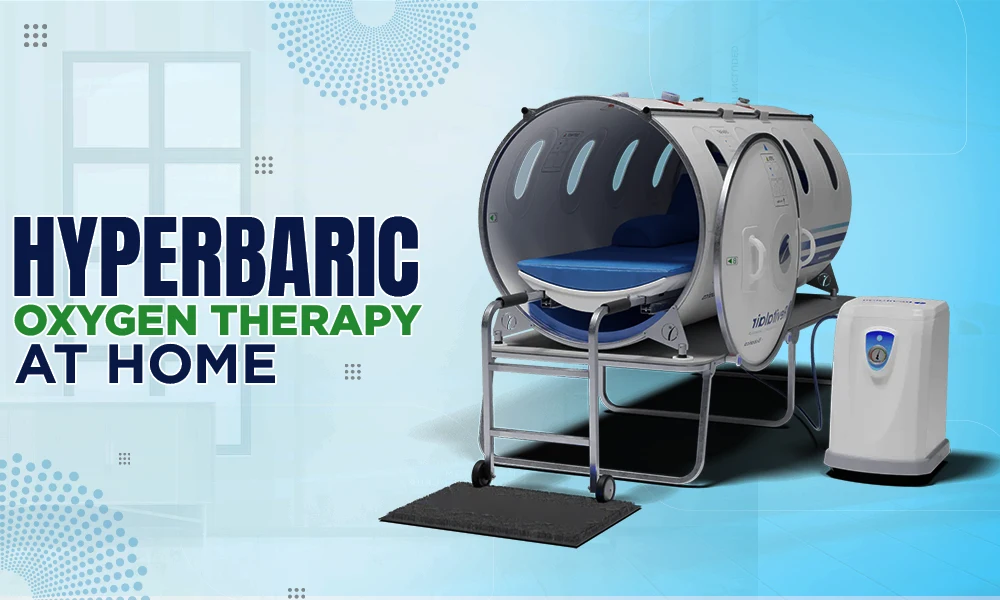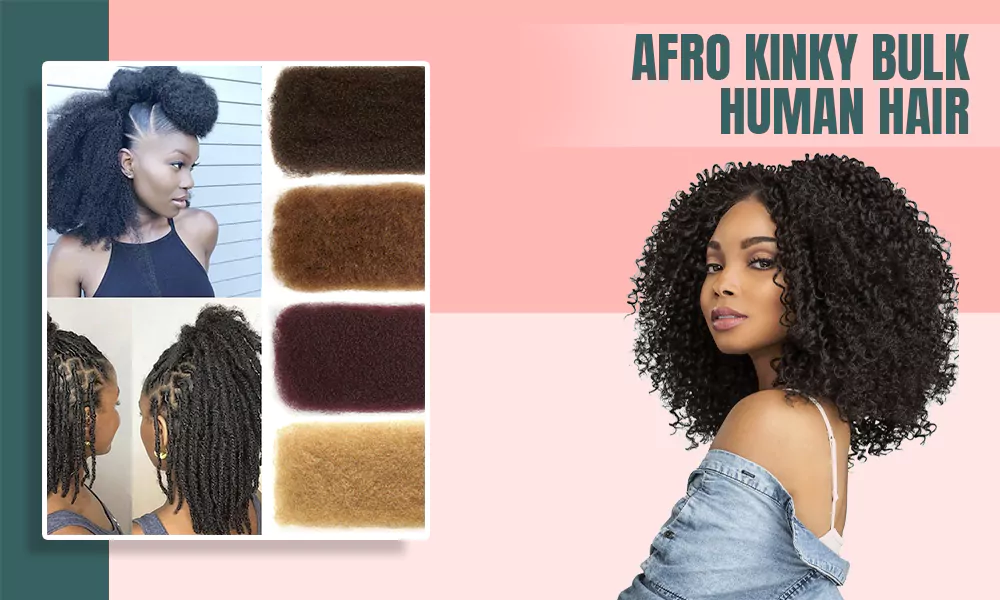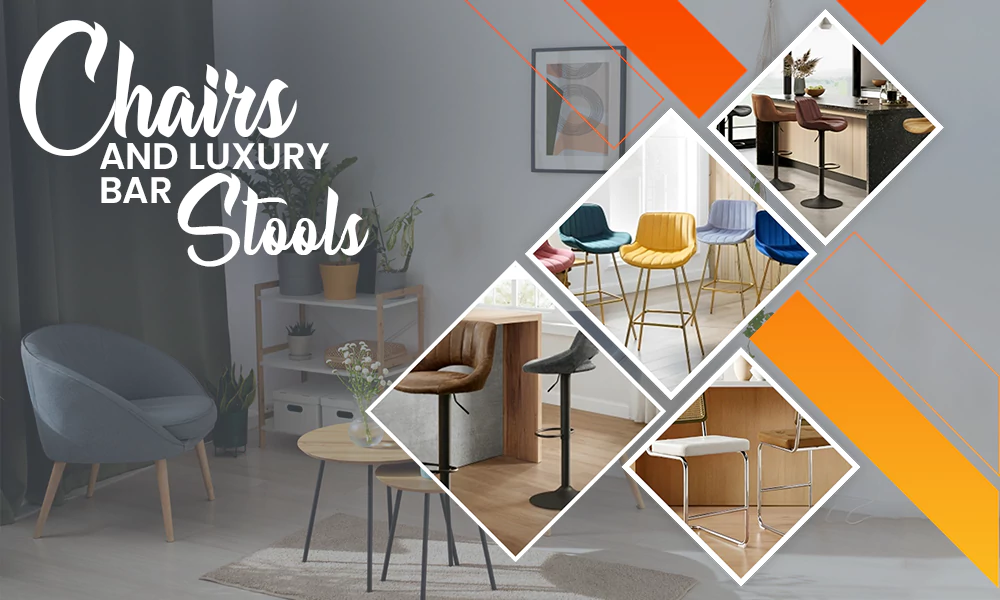Beyond Realism: Abstract Approaches to Interior Rendering
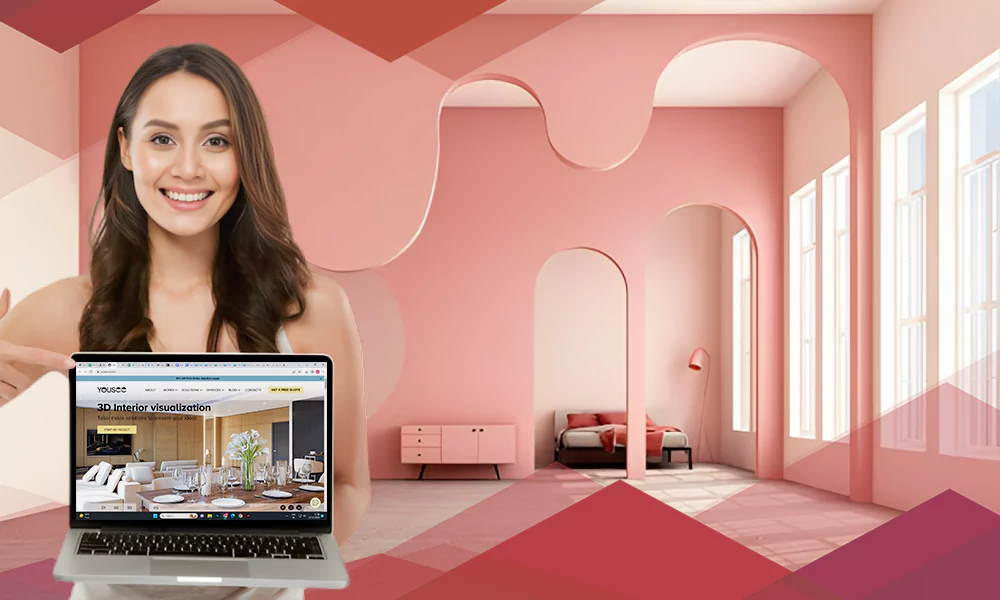
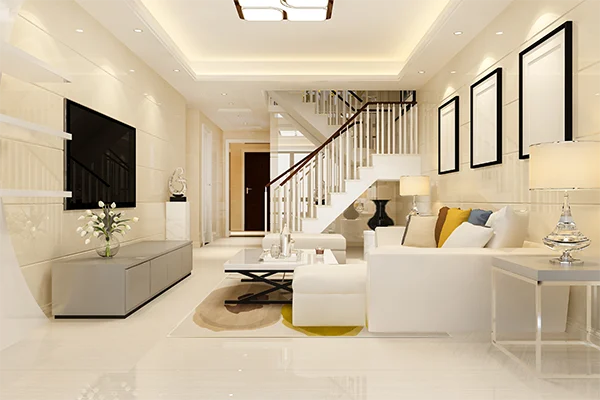
An abstract approach to interior rendering is an innovative presentation using shapes, colors, gestures, and textures, beyond the conventional. The abstract interior rendering is a realm of art that uses space as a canvas for a powerful impact or to evoke varied emotions in people.
Taking creative risk is its priority but at the same time, it has a unified concept where design is as significant as functional. It may not be suitable for all projects or clients and therefore it has a niche market of its own that respects artistic abilities.
This article will delve into understanding the concept and its philosophy, history, practical applications, and techniques.
A Brief History of Abstraction in Art and Design
In the 19th century, artists were exploring the concept of freedom in art without the restrictions of academic designs. It resulted in the evolution of abstract art, where bold and non-objective pictorials gained recognition.
Influenced by the surrealist art movement, abstract art, and design uses symbolism in colours and forms to communicate and engage with the viewers. For modern interior designers, it has become a powerful medium to capture the essence of a space by promoting freedom of interpretation.
QUICK TIP
An abstract interior unifies individual pieces by dispersing them throughout the space instead of in competition with each other.
Techniques of Abstract Interior Rendering
The artistic process of abstract design for interiors uses techniques that depict a concept rather than a straightforward story. It has an intentional approach to creating a mood that has a personality of its own but also connects to the people. The techniques used in interior rendering are:
- Form retaining functionality can be used for a kitchen counter and elevate your dining experience in a unique form but at the same time functions in the same conventional manner.
- Scale and proportion like a large chiseled rock in a living space can create a visually stunning composition.
- Deliberately using a negative space to provoke thought patterns can be intriguing.
- Using unconventional building materials for the exterior and textures in the interior for sculpting can indulge the senses for a modern ambiance.
- Transparency and opacity can be utilized to bring sunlight into the darkest interiors for a unique spatial experience.
Tools of the Abstract Interior Renderer
Every space has a story to be defined by an artist and abstract designers allow the themes to reveal themselves. Interior decorators have started utilizing technological tools for abstract interior rendering.
Digital sketching is used to enhance colors and mood settings, geometric shapes, and visual sensations for a drastic effect of light and shadow.
Advanced technology has brought virtual reality to conceptualize and present abstract designs. Now it is possible to design a complete architecture to print a 3D-modeled livable house.
Functional and unique designs can be generated easily without the hassle of searching for specific structural materials. Designing firms use Augmented reality apps to present to clients to explore space in real-time.
The demand for 3D rendering software market size has increased since 2014 and is predicted to constantly progress till 2025 as shown in the graph below.
It is a clear indicator of clients exploring a modern concept for their homes, offices, and restaurants, which extends to the hospitality industry.
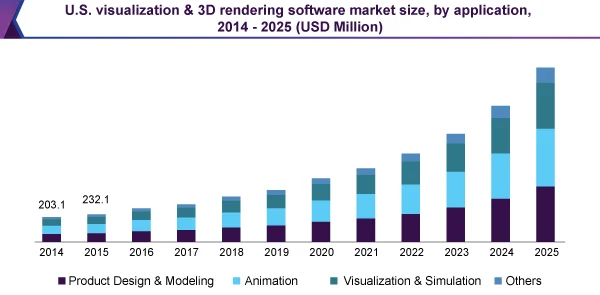
Challenges and Controversies
There are many practical challenges that designers often face when using the abstract concept when it does not match the client’s expectations. The openness gives validity to its concept which could sometimes be misunderstood due to varied perspectives.
As far as exploring the proportion of an abstract piece is concerned, the budget and execution may be a hindrance to the completion of the entire project. Sometimes creative inputs require regular maintenance which may not be convenient for a specific office setup.
The Future of Abstract Interior Rendering
The demand for an abstract concept for the interiors is gaining interest not just in museums but also in healthcare facilities. Its openness to embrace individual perspectives makes it compatible with integrating advanced technology like virtual reality immersion.
There is growing interest in using sustainable materials for buildings like recycled steel, that is strong and durable. Mixing minimalist style with subtle yet large textures can create a visually immersive pattern.
The future also demands the inclusion of conceptual interiors for a broader audience that connects and embraces them into their everyday life. Designers have to push their creative limits balancing their imaginative inputs with the client’s expectations.
Collaborating between the digital and the abstract is a new journey that requires more acceptance and exploration for decorators and enthusiasts alike.

